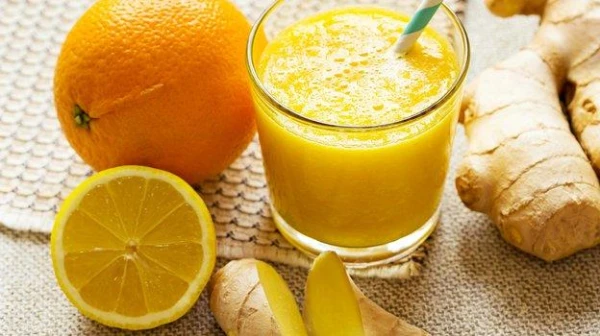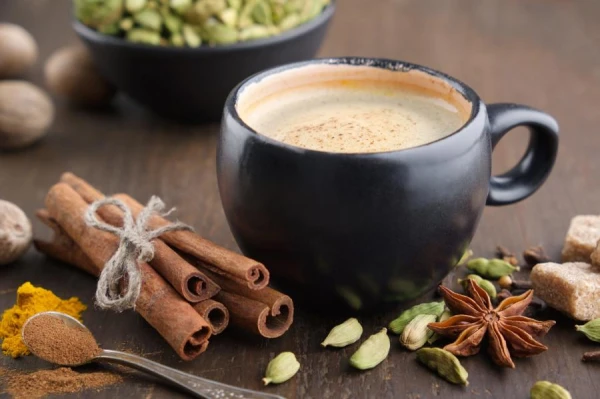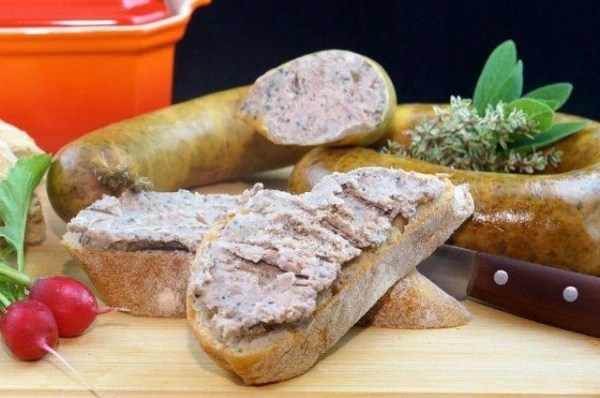
What positive effects can be obtained from freshly squeezed juices and how to prepare them correctly? This is explained by PhD in Medicine Yulia Chekhonina.
Is there really a high concentration of vitamins in a glass of freshly squeezed juice?
Yes, the level of vitamins and minerals in one serving (a glass) of freshly squeezed juice significantly exceeds that in the same volume of fruits, vegetables, or berries, as it takes several fruits to obtain one serving of juice. Usually, this is 2-3 fruits or even more. If the fiber, that is, the pulp in the juice, is left intact, then, of course, the benefits will be even greater. For example, 100 g of orange contains 67% of the daily norm of vitamin C. One fruit weighs about 100-150 g. If 2-3 fruits are used for the juice, the daily norm of vitamin C will even be exceeded. The same applies to other vitamins and minerals. A serving of carrot or tomato juice contains a lot of carotenoids: beta-carotene in the former and lycopene in the latter. Moreover, the level of lycopene in a glass of tomato juice can reach 400% of the daily norm. This is not dangerous; however, this is why one serving of freshly squeezed juice a day, that is, one glass, is sufficient. There is a well-known recommendation to consume 5 servings of vegetables and fruits a day, and one of these servings can easily be replaced by a glass of freshly squeezed juice.
What happens if you drink more than one glass of freshly squeezed juice a day?
Occasional excesses will not cause harm. However, regular consumption in unlimited quantities may have negative consequences. For example, excessive and prolonged enthusiasm for carrots and freshly squeezed carrot juice may lead to yellowing of the skin — carotenemia. This indicates an excessive accumulation of carotene in the body, which stops when the consumption of fruits high in carotenoids is reduced. Additionally, juices have a laxative effect. This is beneficial for people prone to constipation but undesirable for those predisposed to diarrhea.
Is it worth adding plant milk or oatmeal to freshly squeezed juice?
Adding plant milk with fat content to freshly squeezed juice enhances the absorption of fat-soluble components by 30%. This mainly concerns carotenoids such as beta-carotene and lycopene, which are found in carrots and tomatoes. Moreover, such plant drinks can improve the taste of the juice (if someone likes it, then why not). Introducing oatmeal will increase the fiber content in the juice, which is also a positive aspect.
Is it better to drink juices from one fruit or mixed drinks?
One of the principles of healthy eating is variety. If we strive for diversity even in a glass of juice, it will only benefit our body. From this perspective, mixed juices are more preferable than juices from a single fruit. For example, a mix of apple and carrot, etc. This way, we improve the vitamin and mineral composition of the drink.
When is it best to drink freshly squeezed juice?
To get the maximum benefit, freshly squeezed juice is best consumed within 15-20 minutes after preparation. Under the influence of light, oxygen, and its own enzymes, beneficial substances begin to break down.
As for the time of day, the optimal option is the morning hours and the first half of the day. Thanks to the presence of vitamin C, polyphenolic compounds, and organic acids, which have a tonic effect, juice will help to invigorate.
Can freshly squeezed juices be consumed with diabetes or predisposition to excess weight?
With diabetes and a tendency to excess weight, it is better to prefer vegetable juices. If you want fruit juice, you should choose not sweet but sour-sweet fruits and combine them with vegetables. For example, you can use sour-sweet apples, adding carrots or celery. The taste will become richer, while the sugar content will remain low. There is a peculiarity: as fruits and berries ripen, the amount of simple carbohydrates in them increases, while in vegetables, it decreases.
Should seeds and skins be left when making juices?
Seeds and skins of fruits are non-food parts, so they are not recommended for consumption. Of course, if they accidentally end up in the juice, nothing terrible will happen. However, it is not advisable to intentionally add seeds, including grape seeds, in the hope that this is the most beneficial part. Yes, grape seeds are used to make oil, but it is better to use ready-made oil rather than trying to extract it yourself. Moreover, this may not be beneficial for everyone. Seeds and skins represent coarse fiber, which is not recommended for digestive organ diseases.
Are juice diets and detox days beneficial?
Juices are undoubtedly beneficial, but one should not exaggerate their properties. Juice diets are one of the options for carbohydrate detox days, when the body receives only carbohydrates and water. This is not entirely justified, as our body needs other food components, including proteins and fats, which are absent in juices.












